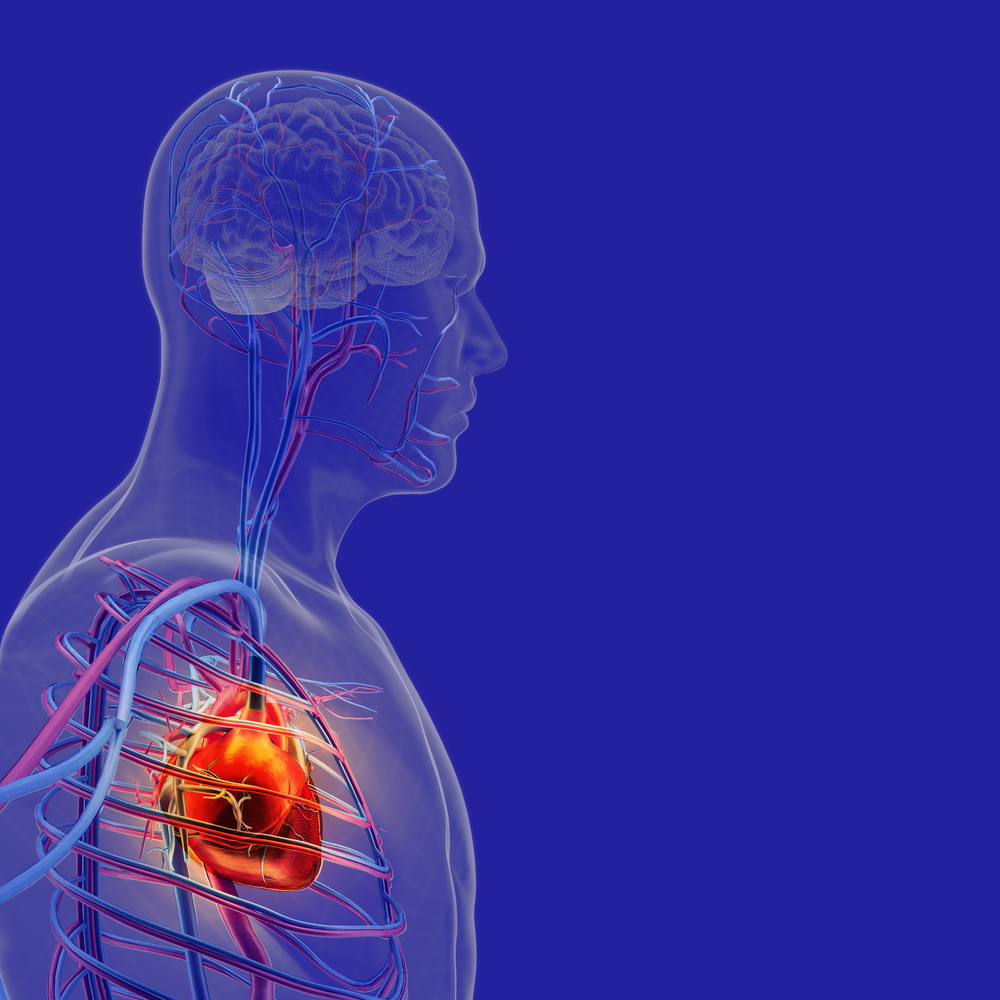Isolated Cardiac Sarcoidosis May Be Rarer than Previously Suggested, Small Study Says

A small study of a group of patients in Canada who were showing the first signs of sarcoidosis suggests that isolated cardiac sarcoidosis, which refers to cardiac involvement without the disease clinically apparent elsewhere, may be rarer than previously reported.
The study, “How common is isolated cardiac sarcoidosis? Extra-cardiac and cardiac findings on clinical examination and whole-body 18F–fluorodeoxyglucose positron emission tomography,” was published in the International Journal of Cardiology.
Researchers assessed the rate of isolated cardiac sarcoidosis in a prospectively recruited group of patients by imaging the whole body with a technique called 18F-fluorodeoxyglucose (FDG) positron emission tomography and computed tomography (PET-CT). This is an imaging technique that tracks a radiolabeled analog of glucose, a natural sugar in the body, and is considered a gold standard method.
The team also measured the extent and distribution of extra-cardiac sarcoidosis at the time patients developed their first signs of cardiac symptoms.
The analysis included a total of 31 Caucasian patients with a mean age of 56, who underwent whole-body and cardiac 18F–FDG PET-CT imaging.
Researchers categorized the patients into two groups according to their sarcoidosis history. The first group included patients with no previous history of sarcoidosis in any organ (20 patients), and the second included those with a remote history of extra-cardiac sarcoidosis (11 patients).
Isolated cardiac sarcoidosis was defined as “the absence of active or inactive disease on 18F–FDG PET-CT in any extra-cardiac organs, including the thoracic lymph nodes, and no clinical evidence of skin or eye disease,” the researchers wrote.
Of 31 patients analyzed, the team found only one case of isolated cardiac sarcoidosis, with no signs of sarcoidosis anywhere else, according to whole-body FDG examinations that included lymph nodes.
The remaining 30 patients had signs of sarcoidosis in at least one other organ besides the heart, but the extent proved to be limited and included signs that were restricted to the lungs. This pattern was similar when both patient groups were compared.
Active lung involvement was detected in 45 percent of patients in the first group, or nine patients out of 20; and 55 percent in the second group, or six out of 11.
Researchers found statistically significant differences in two parameters of heart function – right ventricular and atrial involvement – between patients with cardiac sarcoidosis as their first manifestation compared to patients initially showing extra-cardiac disease.
“Clinicians and imaging specialists should pay particular attention to these findings, and how they relate to presentation, prognosis and arrhythmias,” researchers wrote.
Overall, the team concluded that of the groups that were analyzed, “most patients had limited extra-cardiac involvement at the time of presentation of manifest CS [cardiac sarcoidosis] however, isolated CS, using the proposed gold standard, was only observed in one patient.”
These results differ from previous studies in which the prevalence of isolated cardiac sarcoidosis varied between 27 and 54 percent. According to the team, this variability could be due to the heterogeneous nature of the groups, the different definitions of isolated cardiac sarcoidosis, and the different methods for assessing extra-cardiac involvement.






